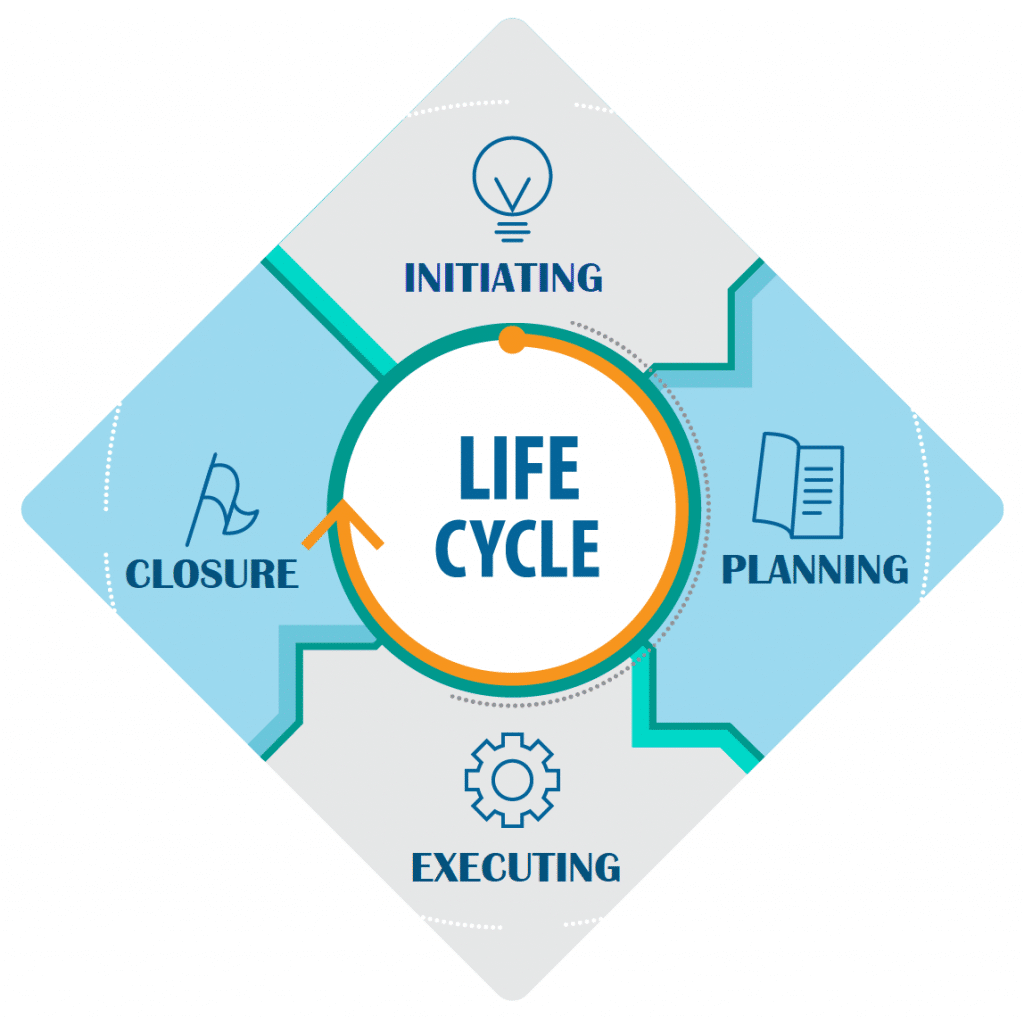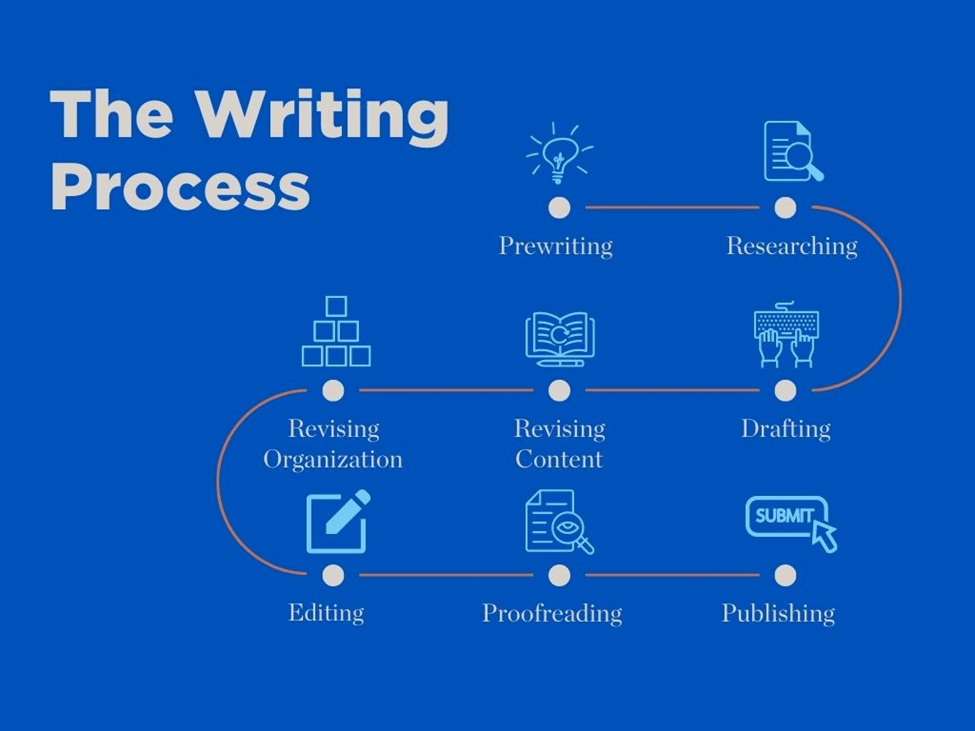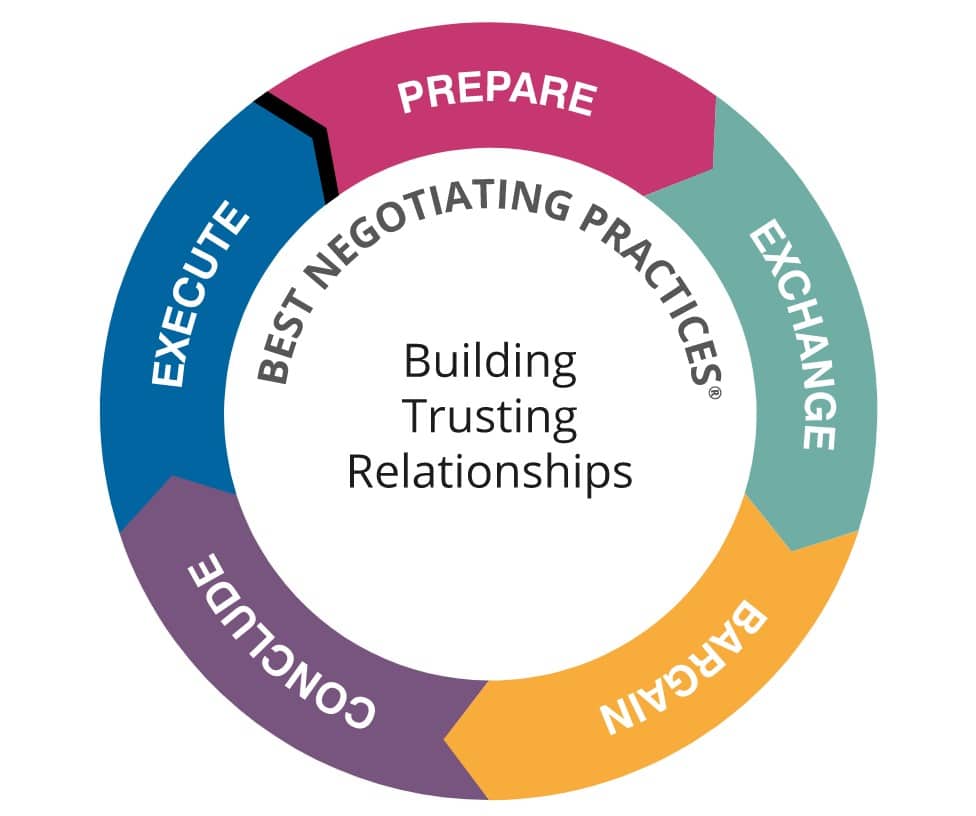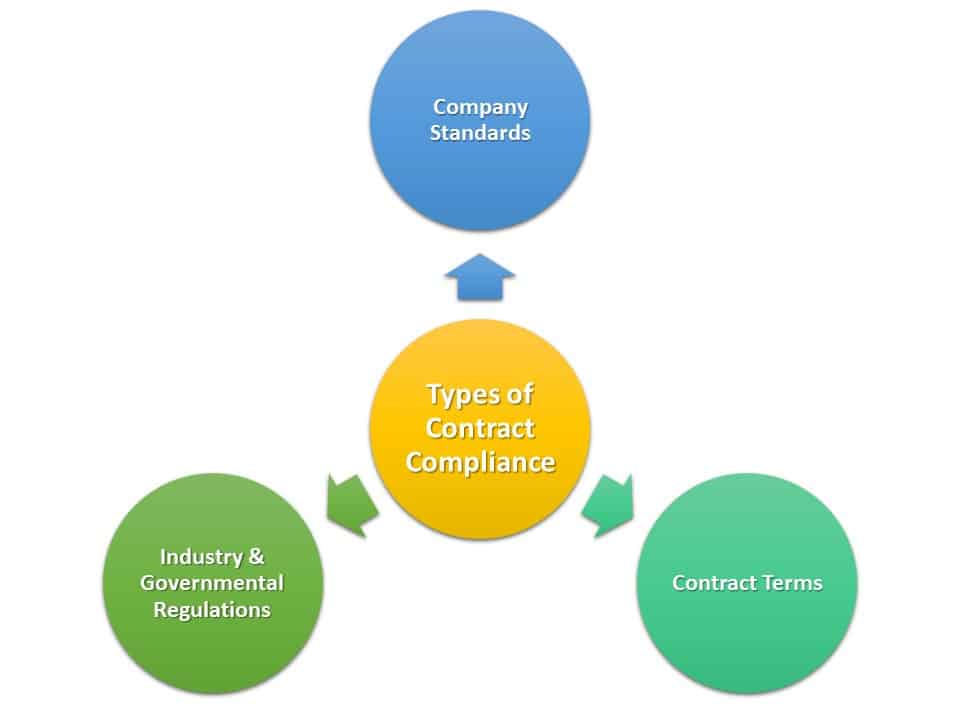
Efficiency is key in today’s fast-paced business world, and managing contracts is no exception. With the rise of digital transformation, organizations are turning to digital CLM as a solution to streamline and automate the contract management process.
From creation to negotiation to execution, digital CLM offers a centralized, secure platform for simplifying contract lifecycle management process, reducing manual effort and minimizing the risk of errors.
In this blog, we will dive into the workings of digital CLM and how it can help companies achieve efficiency at its best.
What is contract lifecycle management
The systematic process of managing contracts from inception to conclusion is referred to as contract lifecycle management (CLM). It covers the entire contract lifetime, from the time the agreement is first drafted through its negotiation, execution, and management, and finally to its renewal or expiration.
Including document generation, version control, collaboration, approval workflows, and reporting, CLM covers every facet of contract management. CLM seeks to improve productivity, lessen manual labor, reduce risk, and make sure that all parties abide by the terms of the contract. Organizations can increase visibility and control over their contractual commitments and manage their relationships with suppliers, customers, and other stakeholders by automating and fixing the contract process.
A technology-based strategy called Digital CLM is used to manage a contract’s complete lifecycle, from creation to renewal or expiration. Organizations can maintain and access contracts more easily from a single location with the help of digital CLM, which offers a consolidated repository for contracts.
How does contract lifecycle management work
The digital CLM stages are: initiation, authoring, process and workflow, arbitration and approval, execution, ongoing management and compliance (within the repository), and contract renewal.
- Initiation stage
- Authoring stage
- Process & workflow stage
- Negotiation stage
- Execution stage
- Compliance stage
- Contract renewal stage
Here is a detailed view of the best practiced flow followed throughout every stage of CLM:
1- Initiation Stage
The first step in the contract process, when the need for a contract is determined and the process of establishing the agreement is started, is referred to as the initiation stage of digital CLM. The following actions are often part of this stage:
- Determining the necessity of a contract
- Collecting demands
- Drafting the agreement

Example:
A business needs to draft a contract outlining the parameters of a new partnership it is forming with a vendor. The legal department of the business compiles all the requirements, uses the digital CLM software to produce a contract template, and distributes it to the vendor for evaluation.
2- Authoring stage
The authoring stage of digital CLM refers to the process of creating, editing, and finalizing a contract using a contract management system. This stage typically involves the following steps:
- Contract Creation
- Collaboration and Discussions
- Approval and finalization

Example:
A company is negotiating a efficient contract with a supplier for the delivery of goods. Upon completion of the initiating stage, the supplier provides feedback, and the company makes the necessary changes to the contract until both parties agree on the terms.
3- Process & Workflow stage
The process and workflow stage of digital CLM refers to the management of the contract throughout its entire lifecycle, from creation to expiration. This stage typically involves the following steps:
- Contract Management
- Contract Renewal or Amendment
- Contract Archiving
4- Negotiation & Finalization stage
The negotiation and approval stage of digital CLM refers to the process of negotiating and finalizing the terms of a contract using a contract management solution. This stage typically involves the following steps:
- Arbitration
- Approval Workflow
- Contract Finalization

Example:
A corporation is negotiating a contract with a supplier for the delivery of goods. Using the digital CLM software, the legal department of the company drafts a contract and sends it to the supplier for evaluation. After receiving input from the supplier, the business adjusts the terms of the contract as necessary until everyone is satisfied.
5- Execution stage
The execution stage of digital Contract Lifecycle Management (CLM) refers to the process of executing the terms of a contract after it has been signed by all parties involved. This stage typically involves the following steps:
- Contract Activation Through Signing
- Contract Performance Monitoring
- Contract Administration
Example:
A business and a vendor have a contract for the delivery of goods. The business manages the contract throughout its lifecycle using a digital CLM platform. Real-time visibility into the contract’s status is provided by the platform, which also automatically sets off alarms and notifications for any potential compliance problems. The business also makes use of the platform to manage the ongoing contract administration, including any necessary information updates and dispute resolution.
6- Compliance stage
The practice of assuring continuing compliance with the terms and conditions of a contract after it has been executed is referred to as post-execution compliance in digital Contract Lifecycle Management (CLM). In order to make sure that everyone is following through on their commitments, this phase is centered on monitoring and enforcing the agreement’s conditions.

The post-execution compliance stage may entail duties including keeping tabs on the contract’s performance, making sure all necessary reports are completed on time, and making sure all payments are received in accordance with the terms of the contract.
During this phase, it may also be required to handle any regulatory problems that come up, including disagreements or contract violations, and make sure that all necessary steps are made to fix them.
7- Contract Renewal stage
The process of examining and negotiating the terms of an existing contract before it expires with the intention of extending it for an additional period is known as the contract renewal step in digital Contract Lifecycle Management (CLM).
This phase, which usually begins before the contract expires, entails assessing the terms and conditions already in place and negotiating any required amendments to keep the agreement in line with the requirements of both parties.

It is typical to evaluate the performance of the contract and the relationship between the parties during the contract renewal stage and to make any required changes to the terms of the agreement. This can entail negotiating additional conditions, such as adjustments to payment schedules, delivery windows, or task scope.
The goal of the contract renewal stage is to ensure that the contract continues to serve the needs of both parties, and to secure a long-term agreement that meets their needs and expectations. The use of digital Contract Lifecycle Management (CLM) tools can fixate and automate the renewal process, making it more efficient and effective.
How does contract lifecycle management improves business efficiency
Organizations can manage their contracts’ full lifecycles, from creation through renewal or termination, with the use of the process known as contract lifecycle management (CLM).
Organizations may increase the effectiveness of contract management and reap considerable benefits for their company operations by utilizing digital CLM tools and processes. Here are some ways through which contract management software can raise operational effectiveness:
- Align Contract Creation: CLM solutions make it simpler to establish, track, and store contracts by offering a central, digital repository for contract management and storage. This can speed up the process of creating contracts and lessen mistakes and omissions.
- Better Contract Review and Approval: CLM technologies fixate the review and approval process, enabling contract managers to track the status of contracts rapidly and obtain the required approvals on time.
- Enhanced Contract Visibility: Contract lifecycle management (CLM) technologies give users immediate access to contract data, making it simpler to track and manage contracts. This can aid businesses in decision-making, risk mitigation, and increased contract visibility.
- Better Contract Compliance: CLM systems give firms the ability to keep track of contracts to make sure they adhere to legal and regulatory standards. This lowers risks and helps firms avoid potential legal problems.
- Better Contract Negotiations: CLM solutions offer a centralized platform for contract negotiations, facilitating collaboration between contract managers and their stakeholders to strike the best terms and conditions.
- Effective Contract Renewal and Termination: The process of contract renewal and termination is automated by CLM technologies, which makes it simpler to manage the lifespan of contracts.
In conclusion, the adoption of Contract Lifecycle Management (CLM) can boost business productivity by streamlining contract creation, review, and approval, improving contract visibility, boosting, assisting in better negotiations, and facilitating effective contract renewal and termination.
Conclusion
In the digital age, organizations that embrace Contract Lifecycle Management (CLM) are the ones who reap the rewards of increased efficiency and streamlined operations. With CLM, gone are the days of shuffling through stacks of paper contracts, or losing track of critical deadlines.
Instead, organizations can enjoy the benefits of a centralized, digitized platform that streamlines the contract process from start to finish.
So, let’s raise a glass (of coffee) to the power of CLM, and the efficiency it brings to modern businesses!
Because in the fast-paced world of business, time is money, and CLM is the ultimate tool to save time and money.
Do you also wish to learn about some leading electronic signature software? These can come handy along with CLM tools:
Best 5 Electronic Signature Software
Read More
The 5 Top Identity and Access Management (IAM) Tools
Top 5 Real Estate Project Management Software
How To Implement Contract Life Cycle Management To Strengthen Your Business
What is a contract lifecycle management system?
Software solution like Contract Lifecycle Management (CLM) system is intended to automate and streamline the entire contract formation to archive process. The system is made to manage a contract’s whole lifecycle, from signing to renewal and amendment to final expiration or termination.
What are the stages of a digital contract?
Stages of a digital contact execution include:
– Pre-signature: creation, negotiation/collaboration, and review/approval
– Post-signature: administration/execution, renewal/termination, and reporting/tracking
What is the difference between CRM and CLM?
CRM (Customer Relationship Management) and CLM (Contract Lifecycle Management) are both important tools used in business management, but they serve different purposes.
CRM is a software solution designed to help businesses manage and analyze customer interactions and data throughout the customer lifecycle. CLM, on the other hand, is a software solution that helps organizations manage the entire lifecycle of a contract, from creation and negotiation to execution and renewal.
Best Contract Lifecycle Management In 2023?
Some of the best contract lifecycle management software are:
Linksquares
Ironclad
Lexion
Evisort
Spotdraft



